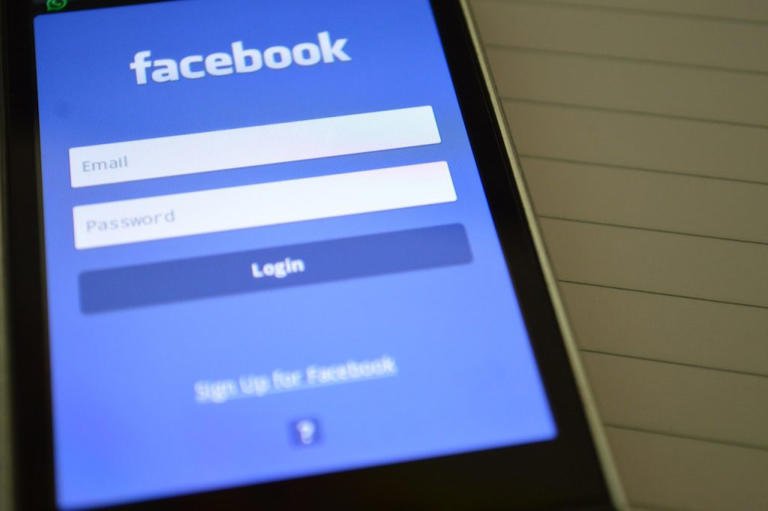New Research Reveals Weakness In Facebook’s Fake News Policies
Facebook's design makes it unable to control fake news, suggests a new study.
When misinformation flourished online during the COVID-19 pandemic, several social media platforms announced policies and practices aimed at combating the spread.
New research, published in the journal Science Advances suggests that the COVID-19 vaccine misinformation policies of Facebook, the world’s largest social media platform, failed to stop misinformation.
The study found that Facebook’s efforts were "undermined" by the core design features of the platform itself.
The research team say it is the first and only scientific evaluation of the efficacy of Facebook's attempt to systematically remove misinformation and misinformative accounts.
Lead author Professor David Broniatowski, of George Washington University, said: “There is significant attention given to social media platforms and artificial intelligence governance today.
"However, this discussion largely focuses on either content or algorithms.
"To effectively tackle misinformation and other online harms, we need to move beyond content and algorithms to also focus on design and architecture.
“Our results show that removing content or changing algorithms can be ineffective if it doesn't change what the platform is designed to do – enabling community members to connect over common interests – in this case, vaccine hesitancy – and find information that they are motivated to seek out.”
The research team found that, while Facebook expended "significant" effort to remove a lot of anti-vaccine content during the COVID-19 pandemic, overall engagement with anti-vaccine content did not decrease beyond prior trends and, in some cases, even increased.
Professor Lorien Abroms, also of George Washington University, said: “This finding —that people were equally likely to engage with vaccine misinformation before and after Facebook’s extensive removal efforts —is incredibly concerning.
"It shows the difficulty that we face as a society in removing health misinformation from public spaces.”
The researchers found, in the content that was not removed, there was an increase in links to off-platform, low-credibility sites and links to misinformation on “alternative” social media platforms such as Gab and Rumble, especially in anti-vaccine groups.
Remaining anti-vaccine content on Facebook became more - not less - misinformative, containing "sensationalist" false claims about vaccine side effects that were often too new to be fact-checked in real-time.
Researchers say there was also “collateral damage” as pro-vaccine content may have also been removed as a result of the platform’s policies and, overall, vaccine-related content became more politically polarised.
Anti-vaccine content producers also used the platform more effectively than pro-vaccine content producers.
Even when Facebook tweaked its algorithms and removed content and accounts to combat vaccine misinformation, the researchers say the architecture of the platform pushed back.
Broniatowski said: “Think of Facebook’s architecture like a building.
"An airport is designed to direct people to easily and securely get people to and from gates, and a stadium is designed to safely gather a group of people for a show.
"If these buildings were not designed to balance travel and entertainment against safety and security, people might routinely get hurt.
"Now think of Facebook’s structure in the same way: it is designed to allow motivated people to build communities and easily exchange information around any topic."
He said Facebook’s architecture sets the policy up for failure, adding: “Individuals that are highly motivated to find and share anti-vaccine content are just using the system the way it's designed to be used, which makes it hard to balance those behaviors against public health or other public safety concerns.
"You have to change the architecture if you want to create that balance.”
Broniatowski’s work suggests that social media platform designers could promote public health and safety by working collaboratively to develop a set of “building codes” for their platforms that are informed by scientific evidence to reduce online harms.
He added: "Building architects have to balance a building's design goals against compliance with rules to protect people who use them.
“They have to be designed to promote public safety by complying with fire, flood, pollution, and earthquake codes.
"They need to promote security by incorporating design features such as well-marked, accessible entrances, exits, and turnstiles to prevent vandalism, panic, terrorism, and riots.
"They have to promote public health by complying with codes for plumbing, sanitation, and ventilation, and they have to be designed to respect municipal codes such as noise and other nuisance ordinances.
"These rules are usually developed by a partnership between industry, government, and community organizations, and they are informed by solid science and practice.
"Governance strategies could facilitate these partnerships and support the science."
This article was published by Talker.

